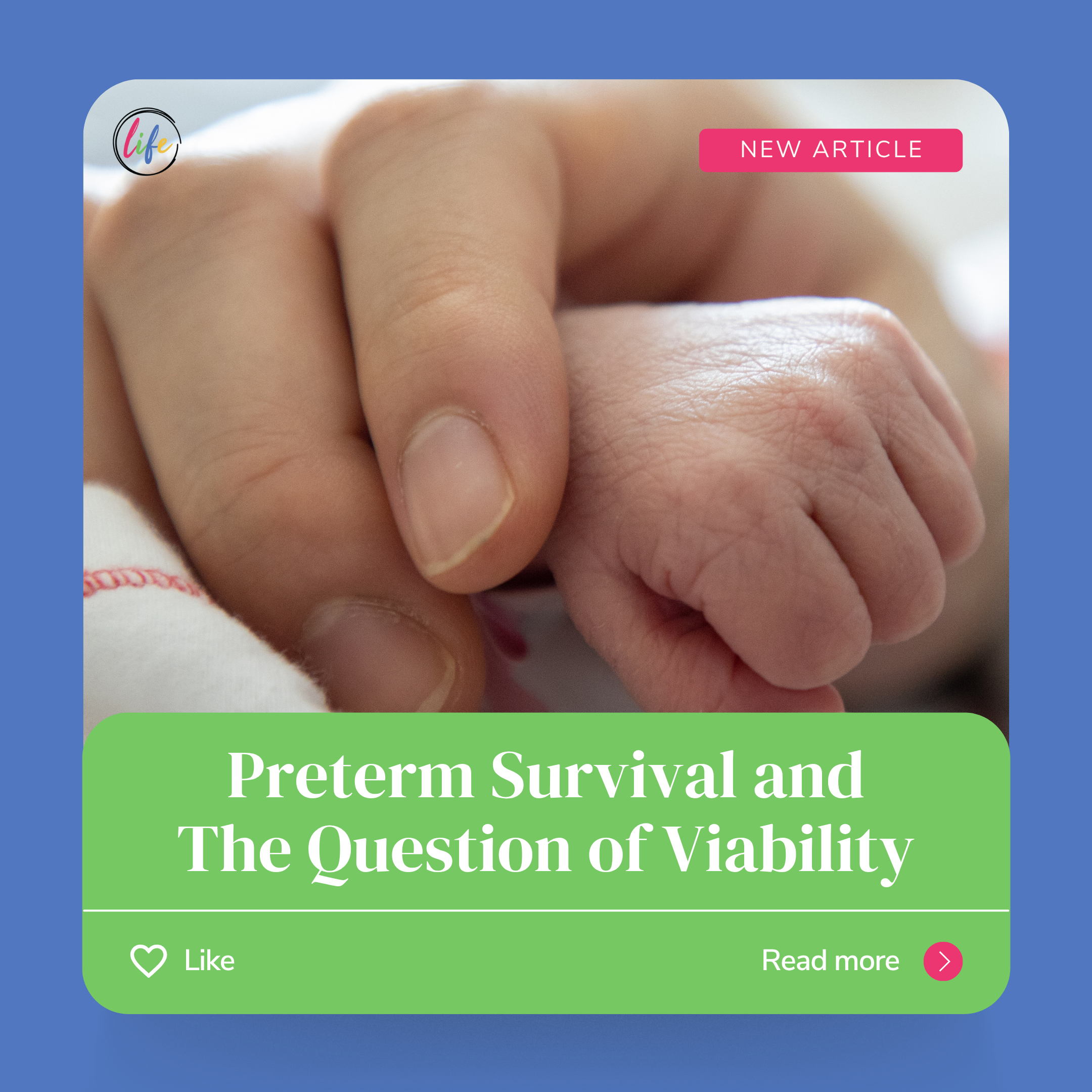
Medical progress has changed the way we understand life outside the womb. Decades ago, babies born before 28 weeks were almost always considered too young to survive. Today, however, advances in neonatal care have made survival possible at much earlier stages. Stories of children living after birth at just 21–22 weeks remind us that the boundary of viability is constantly shifting. Yet while science pushes this line earlier, the deeper question remains: should a child’s value be defined by viability at all?
What Is Viability?
In medical terms, viability is the point at which a baby can live outside the womb, often with the help of modern medical technology. Traditionally, this was placed at 24–28 weeks. But research and real-life outcomes have proven that babies born far earlier are capable of surviving. Viability, then, is not a clear or permanent marker—it is tied to what medicine is currently able to do.
Medical Progress in Preterm Survival
Recent cases show how much viability has shifted. Guinness World Records recognized Nash Keen as the world’s most premature baby to survive. Nash was born July 5, 2024 at University of Iowa Health Care at a gestational age of exactly 21 weeks, or 147 days, making him 133 days premature. Nash is thriving.
Nationally, survival at 22 weeks—once thought impossible—is now about 11% across U.S. hospitals, according to the National Institutes of Health, and continues to improve with advances in care. Some centers, like the University of Iowa, have reported much higher survival rates when active treatment is provided, showing what’s possible when medicine pushes the edge of viability (University of Iowa Health Care).
These examples make it clear: viability is not a fixed line; it keeps moving earlier as medicine progresses.
Why Viability Should Not Define Human Value
While these scientific breakthroughs are inspiring, they also highlight a critical truth: a child’s worth cannot depend on viability. Technology may determine when doctors can help sustain life, but it does not determine when life begins.
As neonatologist Dr. Colleen Malloy has testified before the U.S. Senate, advances in neonatal care have pushed back the gestational age of survival, yet the humanity of these babies has never changed. She noted that premature infants are “kicking, moving, reacting, and developing right before our eyes in the Neonatal Intensive Care Unit” (U.S. Senate Testimony, 2016).
Human dignity and identity are inherent from conception, not granted by shifting medical milestones. Reducing value to viability makes worth dependent on technology rather than the unchanging reality that every unborn child is a human being.
Protecting Life at Every Stage
Every medical advance underscores the resilience of human life, even in its most fragile state. Whether or not a baby is deemed “viable,” every child is unique and irreplaceable. Science may change where the line of viability falls, but the moral imperative remains the same: to recognize, value, and protect every human life.
Learn more about the various stages of fetal development (conception, first, second, and third trimester) and don’t forget to follow us on social media (Facebook, Instagram, and TikTok).